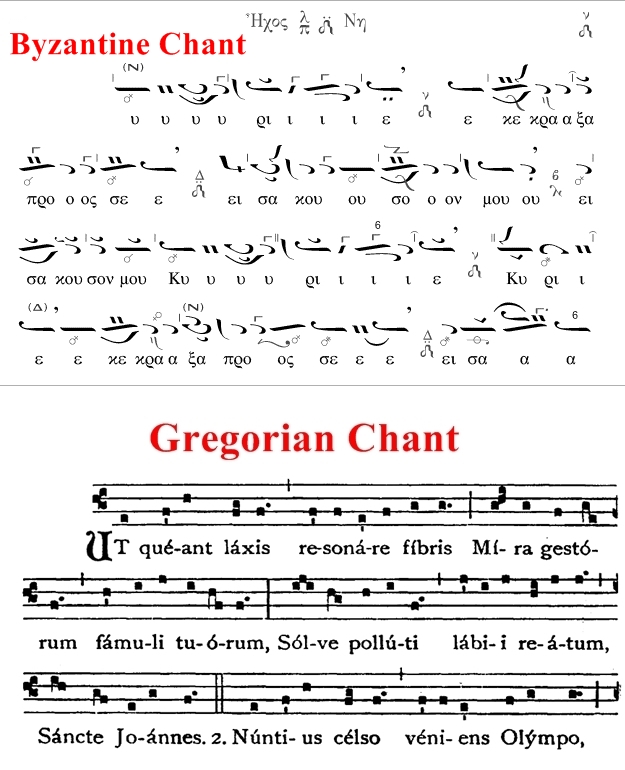

Modern Western musical notation hasn’t changed a ton since it first became standard in the 16th century. Today, musicians still write tadpole-like notes on five lines (collectively, a staff) to indicate exact pitch, and the shapes of those notes determines the note lengths. Put many groups of five lines (staves) together, and you have yourself a musical score or sheet music, playable by anyone from a single pianist to a 100-piece symphony orchestra.
It wasn’t always like this. Medieval music wasn’t as “busy”–composers didn’t have a strict way of notating rhythm, and most rhythms were determined according to oral tradition. So in a piece of music, there would primarily be one melodic line sung at an un-notated speed and rhythm. Put more melodic lines in there, and things might get messy.
Modernizing our musical notation is really what allowed the great composers to accomplish what they did–J.S. Bach wrote pieces of tremendous and borderline mathematical complexity, and Romantic composers like Gustav Mahler wrote symphonies that, as he proclaimed, “must be like the world–they contain everything.” But none of that would be conceivable–much less performable– without five-line notation.